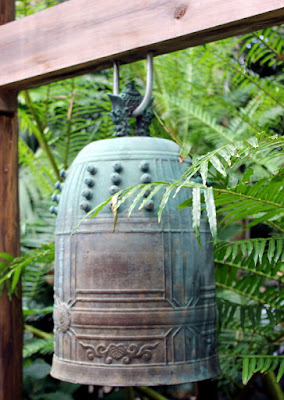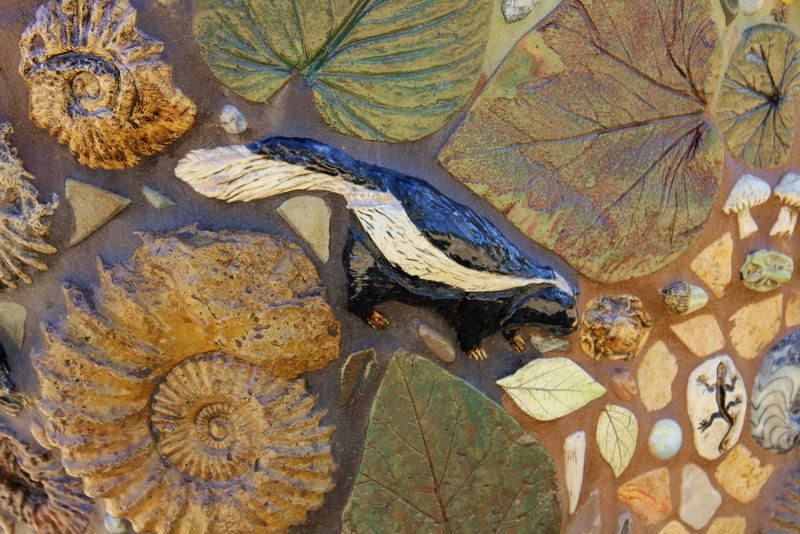Our continuing travels in Maine…
After Acadia and Bar Harbor, we began a leisurely drive down
the Maine coast. I had made a list of places that sounded interesting, and we
decided to explore what took our fancy, deciding where to stop for the night on
the fly, since we didn’t know exactly where we’d be when it was time to find a
place to stay. We were between the tourist seasons of summer and “leaf
peeping,” so it wasn’t too crowded. If you want to stay somewhere special or if
you go during a busier time of year, it would be better to make plans ahead of
time, but this worked fine for finding a place just to sleep for the night. We
had a couple rooms that were just OK, but mostly every place we stayed had
something nice about it, whether it was a tasty breakfast, a pretty view, or
even an adorable puppy in the office.
 |
| This is Bella. No, we didn't pack her up and bring her home with us. |
Farnsworth Art Museum
One day we explored some of the art
and garden attractions in Maine’s Midcoast area. This area so charmed us, we’ve
even discussed retiring there! That would be quite a change for this
California/Florida couple!
I especially enjoyed the special exhibitions, “Andrew Wyeth: Witches Ghosts and Mischief”, and “Jamie Wyeth: Untoward Occurrences and Other Things.”
 |
| Frolic, by Jamie Wyeth. |
 |
| Detail from Frolic |
On recommendation of some people we met at the tire repair
shop—because of course we had to have a little adversity on our trip—we
ate lunch at Café Miranda, an adorable little place just a few streets away
from the museum. My husband had a late breakfast, but I had the “Fabulous Bowl
of Meat,” which was actually…Thai lettuce wraps. And delicious.
Coastal Maine Botanical Gardens
Thus fortified, we meandered down to Boothbay to visit the Coastal Maine Botanical Gardens. As I mentioned on Instagram, we may not have seen many colorful fall leaves, but we made up for that in displays of flowers. We saw gorgeous flowers everywhere, but, of course, the botanical gardens were exceptional. |
| The entrance |
 |
| Vertical garden |
 |
| Dahlia |
The garden opened in 2007 after 16 years of planning, and is
the largest botanical garden in New England. Seventeen of its 295 acres feature
plants native to Maine as well as other plants suited to northern coastal
conditions.
The children’s garden area was especially fun:
The children’s garden area was especially fun:
 |
| Look closely at the picket fence, also below |
 |
| Garden resident |
 |
| Arbor with gourds--you can see one at the right of the entrance |
When our feet we were finished with exploring the garden, we
found ourselves a hotel in East Boothbay, the Smuggler’s Cove Inn (where we met Bella). We spotted a sign for
a fish and chips special at the Carriage House restaurant on our way to the
hotel, and went back there for dinner—and it was one of our best dinners of the
whole trip. Everything from the pickle fried chicken wings appetizer to the
homemade sauce for the fish was scrumptious.
And so we come to the end of another full day of the Johnson &
Johnson belated anniversary road trip of 2019. Thank you for letting me re-live
our trip as I post these photos and memories here—I have a few more experiences
to share!













































.jpg)


